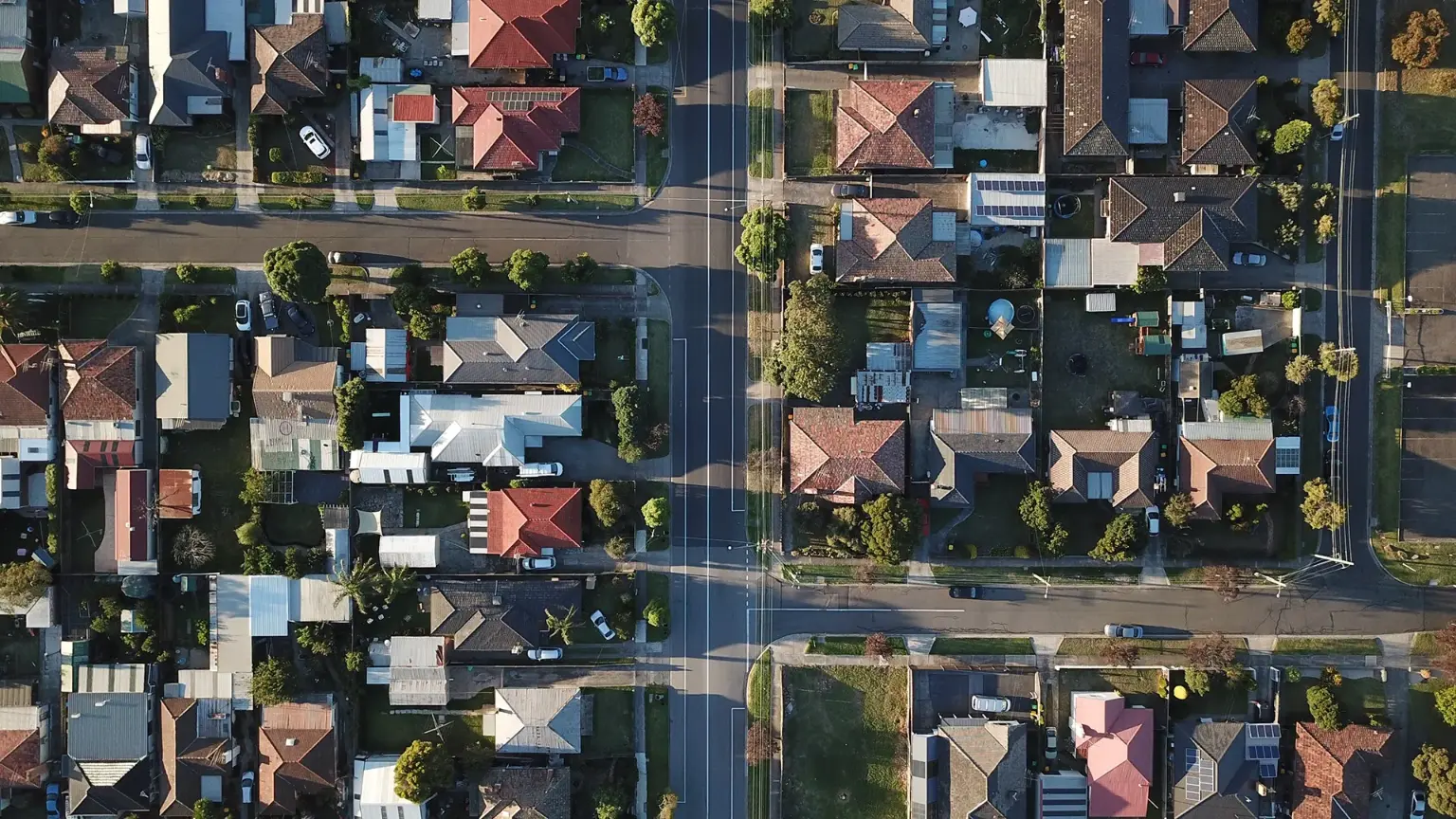According to SQM Research, April 2024 saw a notable decrease in national residential property listings, dropping by 6.4% from the previous month. The total number of listings fell from 256,000 in March to 239,660 in April. This decline is attributed to the Easter public and school holiday period, which typically impacts market activity.
Key Highlights:
New Listings: There was a significant 15.7% decrease in new property listings (less than 30 days old), with 66,871 fresh properties entering the market. Sydney, Canberra, and Hobart experienced the largest declines in new listings, with drops of 19.8%, 16.3%, and 26.7% respectively. Brisbane and Perth both saw a 14.3% decrease in new listings.
Old Listings: Older listings, those on the market for over 180 days, saw an 8.8% increase over the past 12 months. While most cities recorded a decrease in older stock during April, the changes were not deemed significant enough to cause concern.
Distressed Listings: The number of distressed property listings decreased slightly by 1.8% in April, totaling 5,256 properties. Despite this, Tasmania saw a rise in distressed listings by 17.7% for the month and 27% for the year, indicating increasing struggles among sellers in the region. Conversely, Victoria and Western Australia saw declines of 2.9% and 6.5% respectively.
Asking Prices: National combined dwelling asking prices increased by 0.5% from March to April, reaching a median price of $837,202. However, Sydney, Melbourne, and Darwin recorded declines of 0.2%, 0.4%, and 1.8% respectively in asking prices for the month. Despite these monthly declines, Sydney and Melbourne still reported annual increases of 6.5% and 6.0% respectively.
Market Insights:
Louis Christopher, Managing Director of SQM Research, noted that the decrease in listings was largely due to the holiday period. He highlighted the continued year-on-year rise in total listings, which have been returning to their long-term average levels after recent years of acute shortages. Christopher also pointed out that while national asking prices rose slightly, the declines in Sydney and Melbourne suggest some caution among vendors, who may be more eager to meet the market.
Looking ahead, Christopher mentioned that with no imminent interest rate cuts expected, market caution is likely to increase over the winter months. This could potentially lead to housing price falls in the second half of 2024, particularly in the largest capital cities.
April 2024’s 6.4% decline in total housing listings reflects the seasonal impact of the Easter holiday period and broader market dynamics. With new listings also down significantly and a slight rise in asking prices, the market is showing signs of caution. As the year progresses, it will be crucial to monitor how these trends evolve, especially in light of potential interest rate changes and their effects on market sentiment.

_1760408926gJ50A-card.jpg)

_1758680457EfP8W-card.png)
_1754959266HOub5-card.png)
_1752115352WpaHL-card.jpg)
_1751940993PbDjZ-card.jpg)

_1764731815HUFUX.jpg)
_1764211036lHsm6.png)
_1762916285NoFl4.jpg)
_17623130443GJfk.jpg)
_1760408926gJ50A.jpg)
_17598783571Kaml.jpg)



